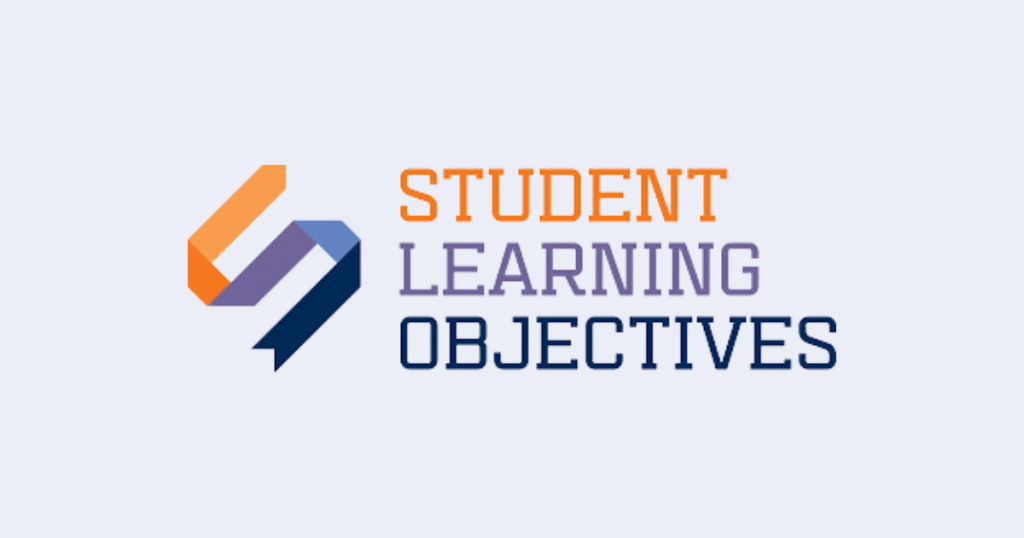Whether you are new to the TIA application process or considering expanding your current application, identifying suitable student growth measures is crucial in completing a successful TIA application.
The Texas Teacher Incentive Allotment (TIA) initiative aims to attract and retain high-quality teachers by offering financial incentives based on their effectiveness. A key component of TIA is the use of student growth measures. This is an important distinction because one of the main components of the teacher designation is based on the percentage of their students that meet or exceed their individual growth target. Emphasis on student growth rather than achievement allows effective teachers to access TIA designations regardless of their student population.
Mastering the art of measuring student growth is critical to ensuring a successful TIA application and data collection year. Educators have long been using data to identify student performance and monitor student progress. However, the best way to measure student growth, especially for performance-based courses or non–core subjects, can be a puzzle. Fortunately, there are several options for measuring student growth for TIA, including Pre-Tests/Post-Tests, Student Learning Objectives (SLOs), Portfolios, and/or Value-Added Models.
Pre-Tests and Post-Tests
In this option, districts administer a standards-based Pre-Test at the beginning of the year (BOY) and then set expected growth targets for each student. At the end of the year (EOY), they conduct a standards-based Post-Test to determine student growth. Districts and schools have many choices—they can either create their standards-based assessments or use third-party assessment options. They can also decide to set their own growth targets or use those provided by third-party assessments.
Pre-Tests & Post-Tests are an excellent choice for districts starting their TIA process, as many already have this system in place. Check the Third-Party Assessment Options link to see if your current assessments can be applied to your student growth measure.
Student Learning Objectives (SLOs)
SLOs, another option gaining popularity in many districts, offer several benefits. They can be used for any grade level or course, and student growth is determined by a Body of Evidence (BOE) rather than a simple comparison of scores at the beginning and end of the year. Teachers work with their appraisers to create a skill statement, an Initial Skill Profile (ISP), and a Target Skill Profile (TSP).

Teachers also set growth targets for their students and use a student tracker to monitor progress, allowing for instructional adjustments. This ongoing evaluation process keeps teachers engaged and committed to their students’ progress. At the end of the year, teachers and their appraisers evaluate the (BOE) to determine if students met or exceeded their growth target.
For Texas SLO training opportunities, please contact LaWanda Carley at lawanda.carley@esc13.txed.net.
You can find additional Texas SLO information here.
Portfolios & Value-Added Models (VAM)
Other options to use for student growth measures are Portfolios and Value-added Models. Portfolios can be used for any course and are an excellent option for performance-based and CTE courses. Teachers will work with appraisers to create a skill progression rubric. The skill progression rubric will identify students’ beginning-of-course skill levels, set growth targets, and determine their end-of-course level.
Value-added models (VAM) use statistical modeling to predict student performance based on historical testing data across multiple years and subjects, assessing student growth and teacher effectiveness. By analyzing a student’s past and current assessment data alongside peers with similar histories, VAM estimates expected scores and compares them to actual performance to gauge growth.
Choosing Student Growth Measures for the Teacher Incentive Allotment (TIA)
Each type of student growth measure has its benefits and potential challenges, but the selection process offers an opportunity for positive change. When deciding which student growth measures to use, review the ones currently in place to see if they align with TIA. Determine which grade levels and subject areas will be included in your application, and choose the appropriate growth measure for each one.
Engage with teachers, administrators, and other stakeholders in the selection process. Their insights and experiences can provide valuable input and help ensure acceptance and effective implementation.
By understanding the types of growth measures available and engaging with stakeholders, you can make informed decisions that support both teacher effectiveness and student success.
Our team is here to help. If you have any questions or need further assistance, feel free to contact one of our Region 13 TIA team members!
Find additional information about TIA and student growth measures here.
Amy is a TIA Assessment Specialist for Educator Evaluation and Leadership at ESC Region 13.





Add comment